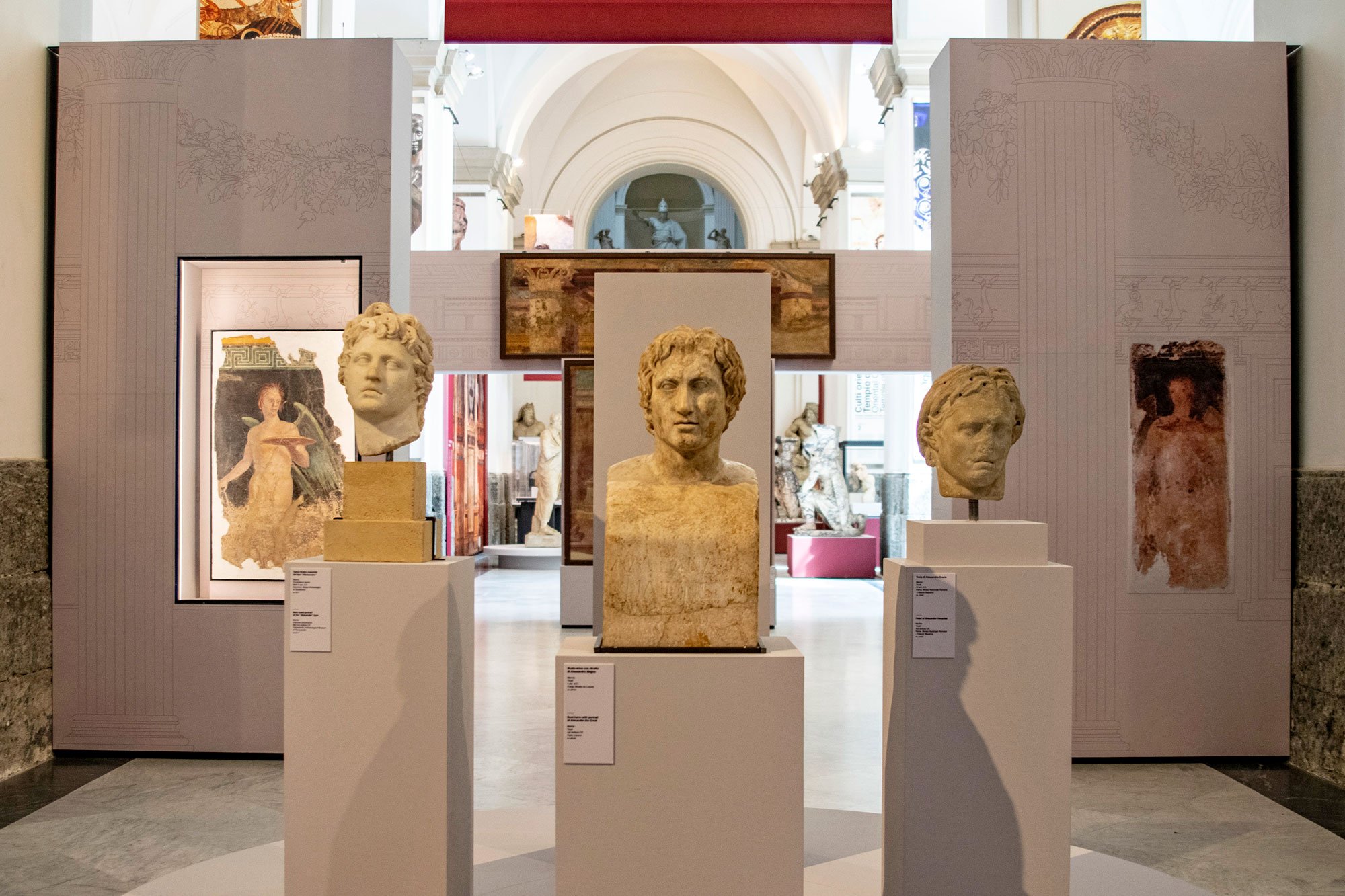
The ‘Great Tumulus’ site in Vergina (once Aegae, the original capital of the ancient kingdom of Macedonia) has been found to be the final resting place of the father, son, and half-brother of the King of Macedonia, Alexander the Great, who ruled over one of the ancient world’s largest empires, which stretched from Egypt to India between 336 and 323 B.C.E.
A new review published in the Journal of Archaeological Science: Reports in December 2023, suggests that previous research made an error when identifying the occupants of the three tombs in the necropolis.
The tombs in Aegae were found in 1977, becoming UNESCO World Heritage Sites in 1996, and the theory was put forward that they contained the bodies of Macedonian royalty. However, multiple theories had been put forward about which members occupy which tomb.
The bodies in the tombs are of Alexander the Great’s father, King Philip II, who reigned between 359 and 336 B.C.E. and built up the huge Macedonian army which his son would later command; his son Alexander IV whom Philip conceived with Princess Roxana of Bactria; and King Philip III Arrhidaeus, Alexander the Great’s half-brother, who ruled for six years after Alexander’s death.
X-ray analysis was used to identify each skeleton. King Philip II was known to have been injured by a lance through the leg in 339 B.C.E. which left him lame, as written in historical documents, and the discovery of a fused knee joint in a skeleton in Tomb One confirmed that the occupant was indeed the elder ruler.
Also buried in Tomb One was an 18-year-old Queen Cleopatra Eurydice, his seventh and final wife, and their newborn child who was assassinated following Philip’s death. It isn’t known whether the queen was assassinated at this time or died by suicide. The age of the queen’s skeleton helped to confirm the identity of the other three, as Cleopatra Eurydice was well documented as being a teenager when she married the 45-year-old king.
Tomb Two was determined to contain King Philip III Arrhidaeus, who succeeded Alexander the Great after his death from illness, likely typhoid or malaria. Also buried in the tomb was Philip III’s wife Adea Eurydice, who died by suicide in prison following the execution of her husband. Adea Eurydice had played a key role in leading the Macedonian army and was aptly buried accompanied by weapons. There are scholars who believe that King Philip II is the actual occupant of Tomb Two due to a traumatic skull injury around the eye, but this is refuted in the latest study.
The third tomb contained Alexander the Great’s teenage son Alexander IV, who was assassinated by poisoning aged just 13 or 14.
Researchers commented on the fact that the difference in quality between the tombs demonstrates the impact Alexander the Great’s rule had on the wealth of Macedonia. Tomb One, created at the start of Alexander’s reign, is considerably less grand than Tomb Two, made after his rule, which brought the empire out of bankruptcy.
Alexander the Great’s own resting place is still a mystery. During his 13-year reign, Alexander became the King of Persia, King of Greece, Lord of Asia, and the Pharaoh of Egypt, as well as King of Macedonia.